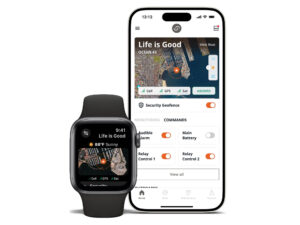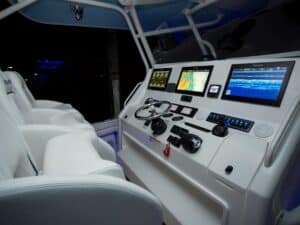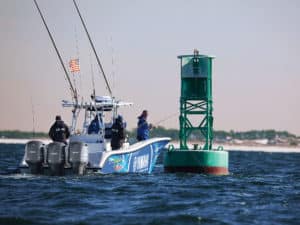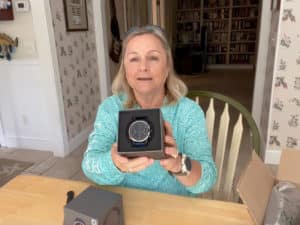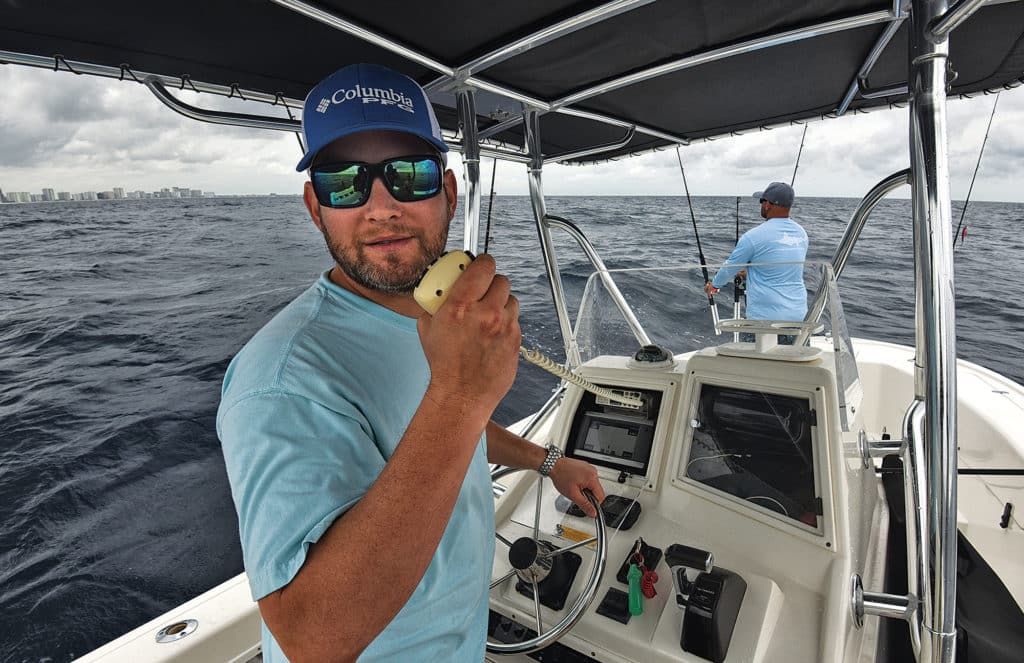
When tragedies happen on the water, the outpouring of raw pain and sorrow reminds boating anglers that anyone can fall victim to an unforgiving sea. At those times, safety gear and procedures become more than just afterthoughts and burdensome expenses.
Florida has enacted a law, effective July 1, reducing vessel-registration fees for boats equipped with EPIRBs or PLBs, and most states now require children to wear life jackets. But adult Americans remain free to make choices that affect not only themselves but also their families as well as emergency response teams.
For instance, at this writing, no agency requires VHF radio carriage or installation, yet communication should be a boater’s first line of defense. Cellphones offer extremely limited protection near shore, and they cannot readily transmit a boat’s position. Properly installed VHFs with digital selective calling (DSC) can alert emergency help and nearby boaters at the touch of just one button.
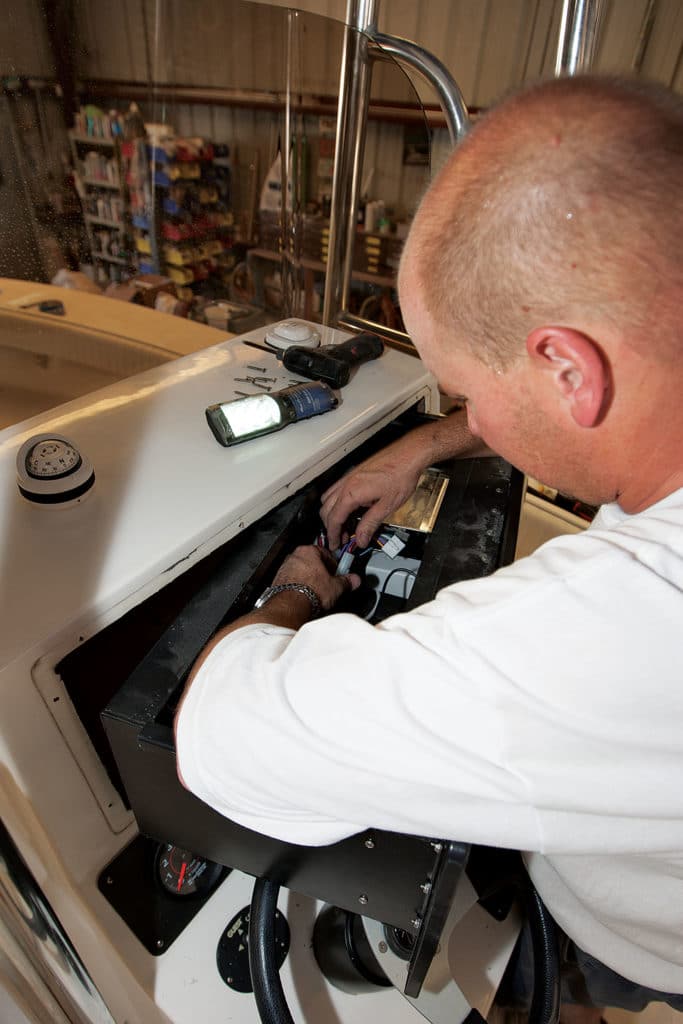
Proper VHF Installation Procedures
The most recent statistics I can find from the U.S. Coast Guard show that 90 percent of VHF DSC distress calls do not contain position information; 60 percent do not contain a registered identity. If the VHF is not linked to the GPS (or if the radio does not come with internal GPS), it cannot transmit your location, and thus the easy-peasy one-button safety system falls apart.
Likewise, if you don’t obtain a required Maritime Mobile Service Identity number and enter it into your VHF, rescuers know nothing about your vessel or your emergency contacts. To keep you and your passengers safe and help you fully employ this primary safety technology, here are 10 tips and considerations from the National Marine Electronics Association, ICOM America and Raymarine for buying and installing a VHF radio.
[1] Purchasing Choices
“When shopping for a radio, remember that the essential calling and safety features of every VHF are the same, regardless of the manufacturer,” says Jim McGowan, marketing director for Raymarine. “Every radio sold in the USA needs to meet guidelines for power, performance and features as set by the FCC. However, there can be some manufacturer-specific features or integration that you can take advantage of if your VHF is the same brand as your multifunction display.”
[2] Pro or DIY
Many boaters feel comfortable installing a VHF themselves. However, if you have any doubts, contact an NMEA Master Dealer (nmea.org). The NMEA also offers a free DIY VHF installation brochure that can walk you through the basics of installing and checking your radio.
[3] Power Supply
When it transmits, your VHF radio likely draws the most power of all your marine electronics. A radio that appears to be working great when listening can fail to transmit properly if it is starved for power, McGowan says. Make sure to follow all the manufacturer’s directions when making power connections to the radio. If you must run a longer power cable, make sure you use proper-gauge wire for the distance, and use fuses or breakers with the appropriate rating.
The NMEA suggests using a voltmeter to measure the DC supply voltage at the VHF while transmitting on high power. Voltage should not drop below 12.6 volts.
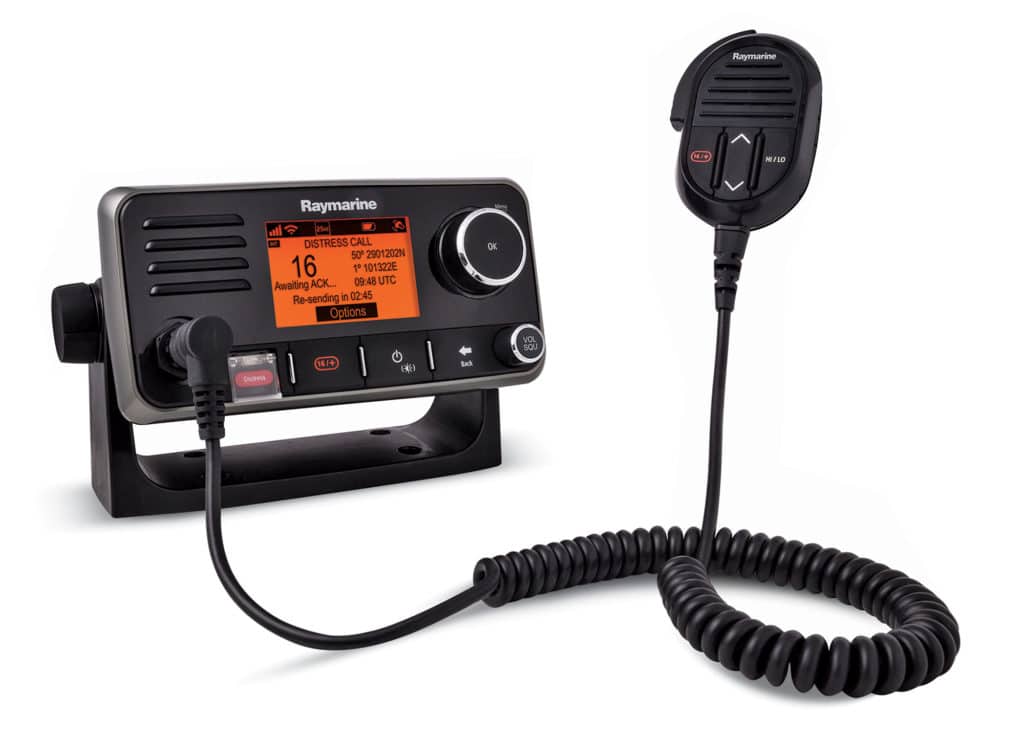
[4] Connect It
The NMEA’s DIY brochure highlights three key elements of a proper VHF installation: antenna placement; antenna cabling, connectors and routing; and the radio’s DC power requirements. Improper antenna-connector and cable installation degrades VHF performance and can possibly damage the radio.
[5] In Position
When installing your radio, consider how easy or difficult it will be to see and access the controls and screen. Think about the drape of the VHF handset cable and whether it will interfere with or block your view of other systems.
Many VHF manufacturers offer installation kits that allow you to remotely connect the handset to the transceiver unit.
[6] Antenna Tips
A VHF radio is only as good as the antenna it’s connected to, McGowan says. A 25-watt fixed-mount VHF radio transmits up to 20 miles when the antenna is working well and mounted as high as possible.
When replacing an older VHF antenna, pay close attention to the antenna’s condition. On fiberglass antennas, check for cracks or fraying of the fiberglass, and repair or replace as necessary. Check the antenna base and mount for corrosion, and make sure it’s firmly secured to the boat.
Also check the antenna cable for any signs of weathering or breakdown from sun exposure. The cable should be free of kinks, nicks and abrasions. The PL-259 connector should be securely fastened or soldered to the end of the coaxial cable. It should be corrosion-free and securely screwed into the VHF radio’s antenna port.
[7] GPS On
To ensure DSC capability, make sure your radio has a GPS connection. A few higher-end VHF radios, such as the ICOM M424G, feature a built-in GPS receiver; others must be connected to your chart plotter’s GPS using an NMEA 2000 or NMEA 0183 network.
The NMEA DIY brochure diagrams a simple two-wire connection from the radio to the chart plotter/GPS, along with an alternative one-step connection to an NMEA 2000 network backbone. Wire colors do vary by manufacturer, so check your radio’s installation guide in conjunction with the plotter/GPS manual.
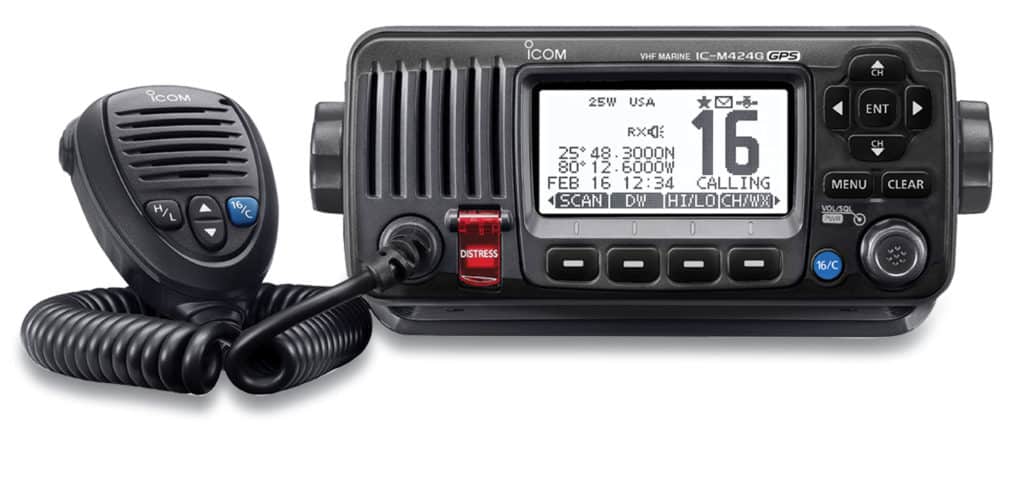
[8] Know Your Number
Register for your MMSI number through BoatU.S. or Sea Tow if you operate within U.S. waters, says ICOM America’s Fred Varian. If you travel by boat to international destinations, including the Bahamas and Mexico, you must obtain an MMSI and a ship station license through the FCC.
Program the MMSI number into your radio using the directions that came with the VHF. The presence of a valid MMSI number and GPS position allows your radio to work on the U.S. Coast Guard’s Rescue 21 distress system, with ground stations capable of hearing transmissions up to 25 miles away. If you’re fishing well beyond that distance, you will have to rely on other boats to relay your information or even provide direct assistance in an emergency.
[9] Always Update
Periodically update your MMSI registration. Make sure the emergency contacts and the color and description of your boat are correct. Did you sell your boat or your VHF radio? If so, cancel the old MMSI registration.
[10] Share the Info
Train your crew, family and guests on how your VHF radio works and which channels should be used in the event of an emergency. Consider posting a cheat sheet near your radio. During your routine pre-departure checklist, include a short explanation of the VHF, how to activate the DSC distress button, how to place a Mayday distress call, where to find life jackets, and other safety information.

